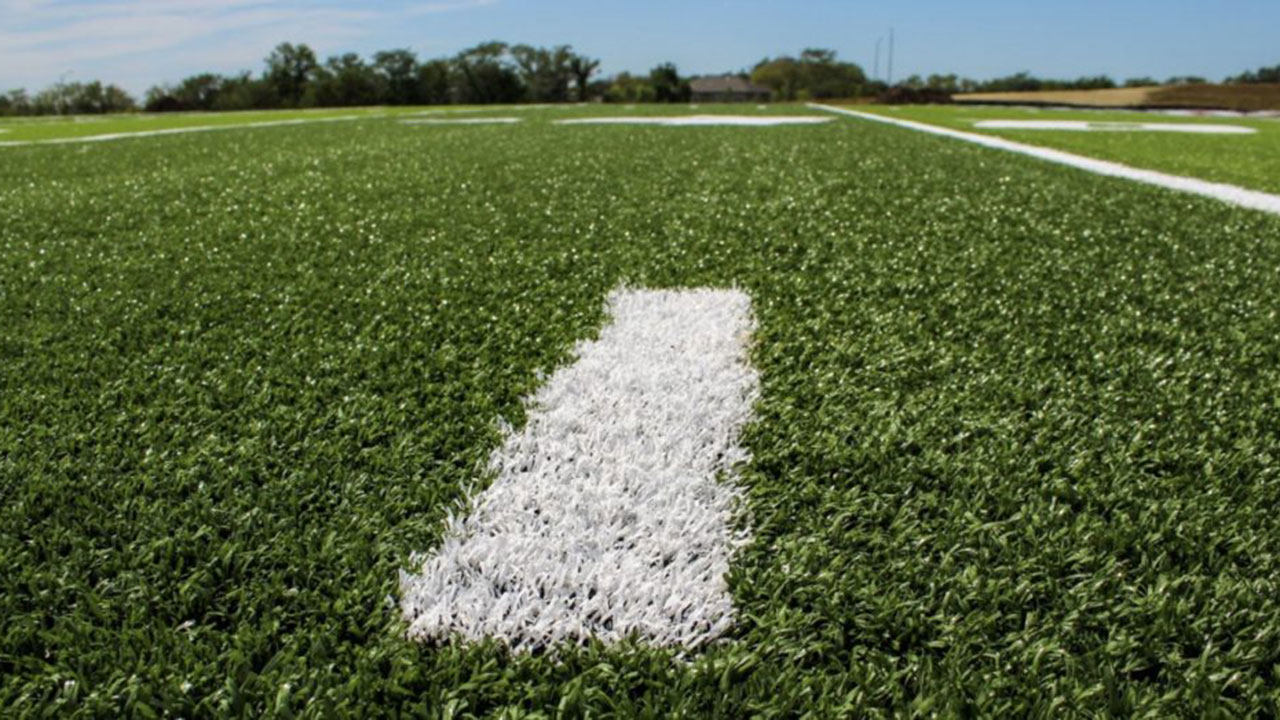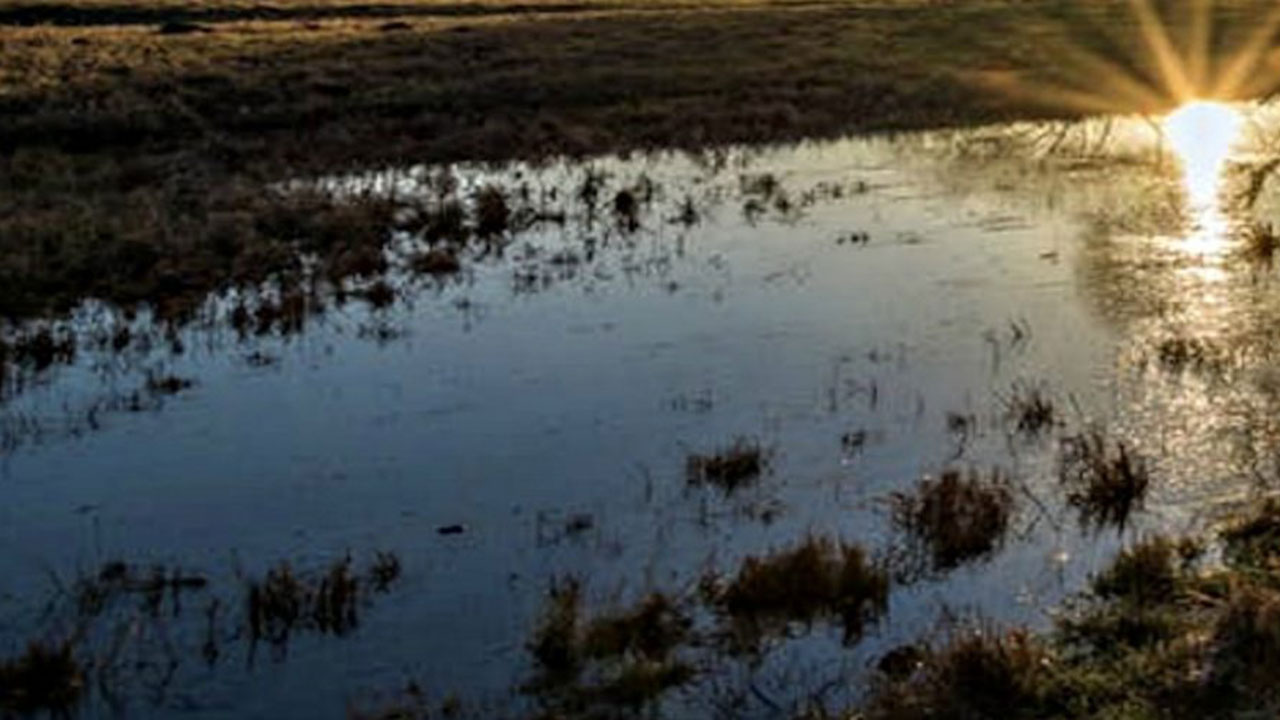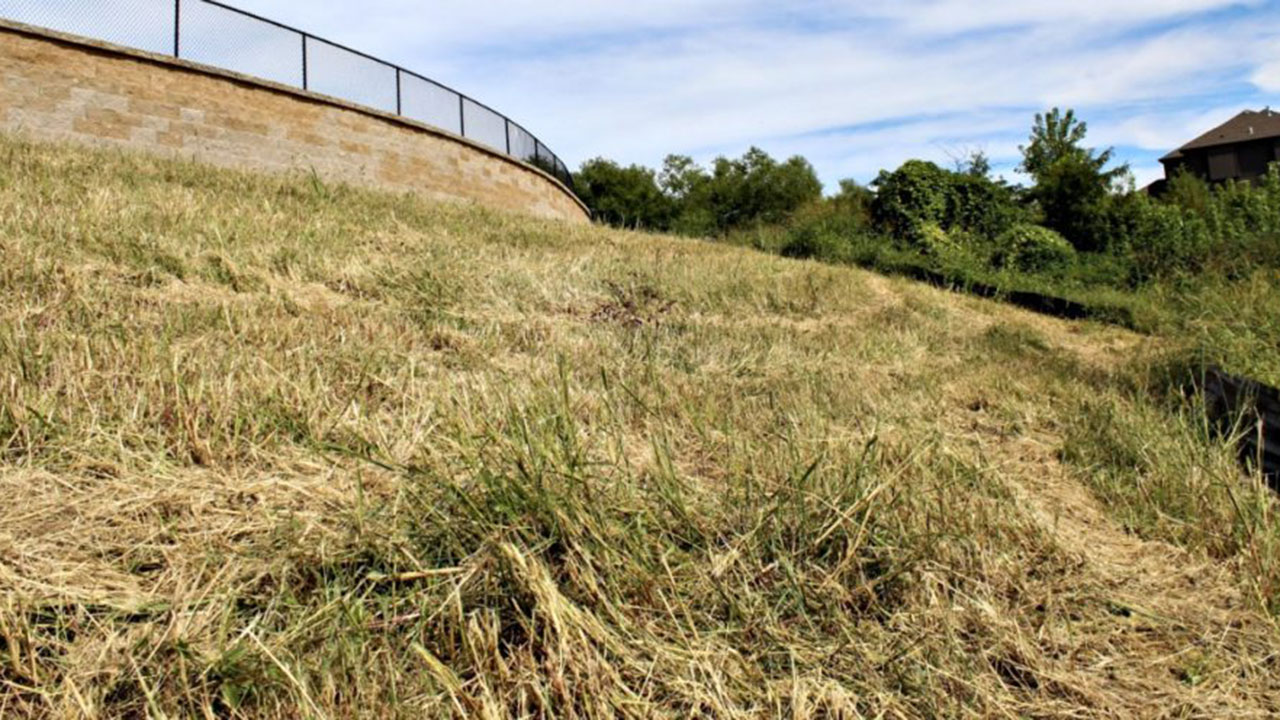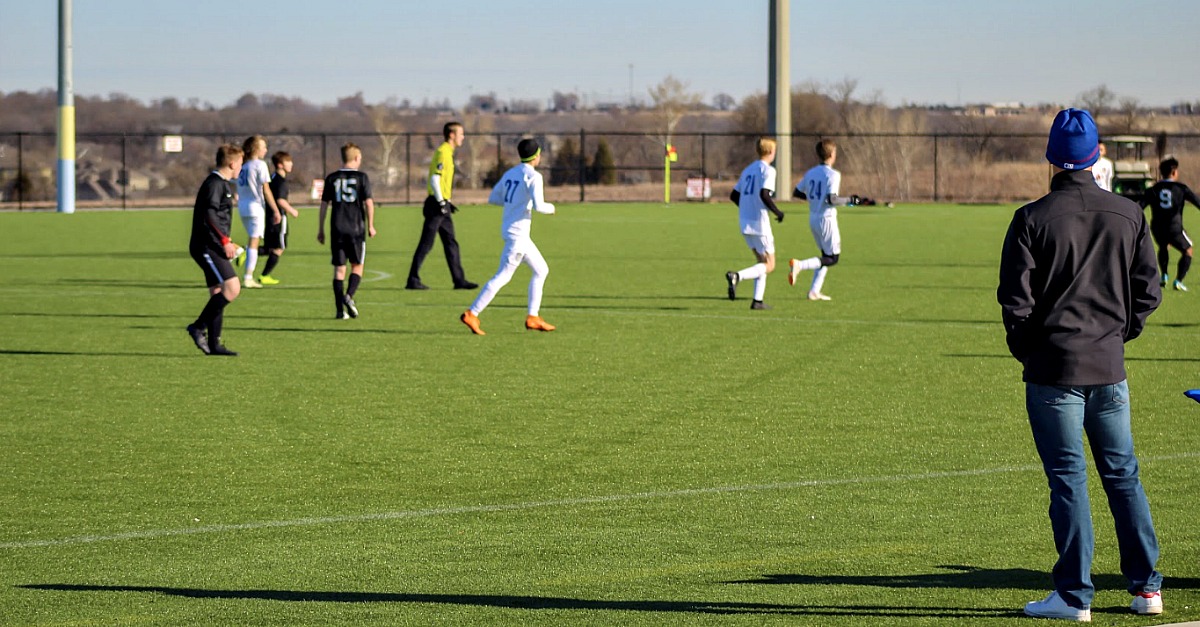Greater Kansas City’s soccer movement is evolving into a big, long-term win. Fields continue to pop up and construction standards are extremely high, even for youth facilities. Builders who are new to the game should be careful not to underestimate the challenge. The right geotechnical engineering partner can mean the difference between a pristine, long-lasting achievement and a steadily deteriorating embarrassment. Here are some thoughts to shape expectations before a new field proposal turns into a construction plan.
Premium Turf Specs are Rigid — Really Rigid!
Turf installed on new youth soccer, football, and multipurpose fields these days is nothing short of amazing. In many cases, it’s the same quality that professional players expect. Premium turf is a growing priority because it helps minimize injuries to young ankles and knees, and prevents weather-related frustrations like the muddy messes that follow a good rain. Realizing those benefits requires much more than the turf itself. A carefully constructed subgrade underneath is essential and the entire project depends on it.
Athletic field projects run deeper into the ground than you might think and involve far more serious work than simply mowing a field and painting stripes. Installation specifications for premium turf are demanding. Manufacturers require precise levels, grading and support to ensure the surface is perfectly flat and properly prepared for turf. Every layer of soil plays an important role in preventing even the slightest shift in playing field conditions over time. Each layer needs to have a certain thickness and quality that’s carefully inspected as it’s put down.
Shortcutting the construction and installation process is not worth the risk of stability problems developing after the project is complete. Repairing turf, correcting an uneven surface and fixing the formation of dips or ‘birdbaths’ that fill with rainwater is extremely difficult and costly.

Premium turf brands require extensive sub-grade preparation to ensure the turf’s performance.
Site Investigations Include a History Lesson
As AOG Engineering Department Manager Garic Abendroth always says, ‘It’s always good to know where you’re coming from to understand where you’re going.” There’s often more to a piece of land than meets the eye or can easily be revealed by drilling. Checking into a property’s history can show you pieces of the past that may directly impact the way an athletic field is constructed.
Experienced geotechnical engineers will want to see satellite imagery or other historical documents to better understand what the ground has been through in the past. A wide-open field may have been covered by trees at some point. Limbs or trunks buried by time can shift and make the soil more unstable. If roads once crisscrossed a property, gravel and related materials left behind could be a factor. And if old ponds or creeks were simply covered up rather than properly filled, stabilizing the soil could require more work than a project budget allows.

Previously buried and mismanaged sites of old ponds or creeks must be stabilized.
Complicated Land Conditions
You might assume that most land around Kansas City is already pretty much flat and wouldn’t need much help to become the site of a new soccer field. However, it’s rarely that simple. Seemingly flat, level land may actually slope, creating the need to find additional soil to haul in and even it up. And a retaining wall may be necessary to hold everything together.
Characteristics beneath the surface may be inconsistent and require creative adjustment. For example, bedrock might be shallow in one area of a site but be much deeper in another. The right fix can depend on a variety of factors including the project’s civil engineering goals and overall budget constraints. Seasoned geotech engineers will offer perspectives and ideas that give build teams greater flexibility in shaping a practical approach.

Don’t Run From Rock
Rocky soil is not uncommon in the Kansas City area and can really be a challenge. It’s hard to position evenly and involves a higher risk of settling over time. Dig into the land around here and you might find rock like shale or limestone in small pieces or huge chunks. Clay is also possible. The presence of too much clay can raise stability risks because it tends to shrink and swell. However, clay can also be useful in a precise mixture of multiple materials specifically formulated for stability.
AOG engineers know Kansas City and the various kinds of rocks found in local soil. Extensive experience allows us to see the opportunity in rocky soil. We excel at using it efficiently and economically, and know-how to move and position it to achieve goals. Whether it’s digging rock out with a shovel, backhoe, or bulldozer, or blasting it with dynamite, we’re comfortable with making it work if at all possible.
Less experienced firms avoid the challenge and immediately jump to removing rocky soil and importing something more ideal. Sometimes that’s necessary, but it’s also expensive. Engineers like us who are familiar with the territory will always try to make use of what’s available before resorting to exporting and importing soil.

In the right hands, rocky fill soil can often do the job.
If it seems like a lot of work just to prepare the ground for an athletic field, think about the payoff. Fields properly constructed for the installation of modern turf can last generations, making the upfront cost well worth it. And there’s a lot of pride that comes with watching kids play their hearts out on a field that will offer the same opportunity to countless others in the future as the community we share grows.
See how we helped Olathe Soccer Complex become a magnet for players and fans across the Midwest >>
Read about the tricky circumstances we navigated with St. James Academy’s multipurpose field >>

